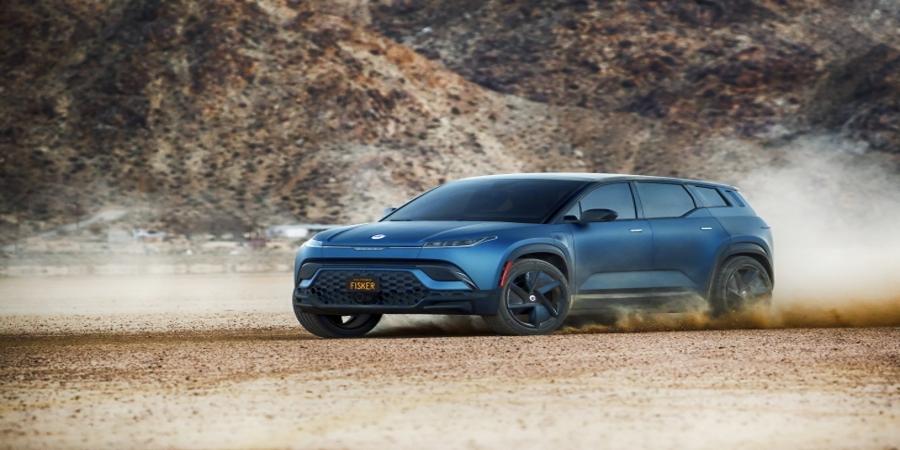Fisker is raising its manufacturing forecast two weeks before its first electric vehicle, the Ocean SUV, enters production.
The automaker plans to produce 42,400 Ocean SUVs by the end of 2023, up from an initial forecast of 40,000, due to strong demand in the U.S. and Europe.
The company said it has received 62,000 reservations for the $37,499 Ocean and expects 80,000 orders by the end of the year, compared with an initial target of 50,000.
That means that not everyone who has reserved an Ocean will receive one in 2023.
“For us, I don’t see it as a bad thing because that means we’re fully booked out, which is great,” CEO Henrik Fisker told TechCrunch.
Many of those reservations came in August, shortly ahead of the passage of the Inflation Reduction Act, which eliminates the $7,500 federal tax credit for EVs built abroad.
“It was a Friday when it looked like Congress would pass the bill, and I immediately got together with three executives and we said, ‘Hey, what can we do?’” Fisker said.
The company scrambled to launch a redesigned website by Monday afternoon and put out a press release notifying customers they had a week to reserve the Ocean before losing eligibility for the tax credit.
“We acted quickly and enabled Ocean reservation holders to enter into a binding contract to potentially retain eligibility for the old federal EV tax credit,” Fisker said. “In less than a week, we sold out our U.S. allotment of Ocean Sport and Ultra trim levels.”
The Ocean will enter production in Graz, Austria, on November 17, the same day slated for the launch of its 3D configurator as well as updates to its mobile phone app and website. Fisker will deliver a fleet of 15 SUVs to partner Magna in December.
Fisker said it is in discussions with potential partners to boost capacity mid-2024 by adding a U.S. production site.
The automaker, which went public through a SPAC deal in 2020, reported a widening net loss of $149.3 million, or a .49 loss per share, for the quarter ended September 30. That compares with a net loss of $109.8 million, or a .37 loss per share, for the same quarter a year ago.
Revenue for the third quarter was $14 million, slightly less than the $15 million it posted for the same period last year.
During its quarterly earnings call on Wednesday, the automaker outlined its quarterly production plan for 2023. Fisker plans to build “more than 300” Ocean units by the end of the first quarter, 8,000 units in the second quarter, 15,000 in the third, and the balance of the remaining 42,400 units in the fourth.
Fisker also said it is on track to start production of its second vehicle, the Fisker PEAR crossover, in 2024 with partner Foxconn at the former Lordstown Motors plant in Ohio. Foxconn purchased the site, originally a General Motors factory, from struggling EV startup Lordstown Motors in May.
The company said it has received more than 5,000 reservations for the sub-$30,000 PEAR, an acronym for “Personal Electric Automotive Revolution.”
A third model, a luxury GT sports car known internally as Project Ronin, is still in development, Fisker said.
Source @TechCrunch



